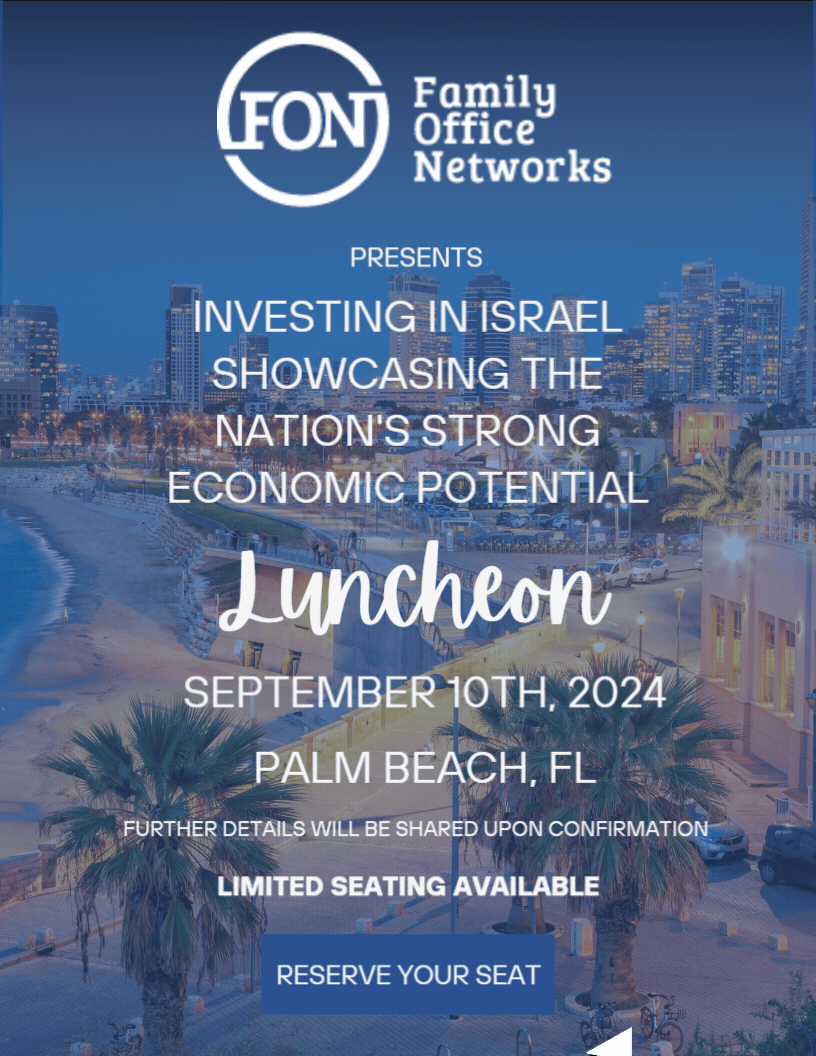
At RSCM, one of the metrics we focus on is survival rate. We track how likely our portfolio companies are to survive 1 year, 2 years, etc., as well as how these probabilities change over time.
We invest in extremely early-stage technology startups and we look for attractive valuations. There’s inherently a very high risk of failure. So the more companies that survive longer, the more that remain in play for great things to potentially happen.
This intuition has formal support. In options pricing theory, the value of an option is proportional to how long it lives. One of the characteristics that separates us from most startup investors is that we explicitly act as if the vast majority of the value in our portfolio startups is option value, as opposed to enterprise value.
The distinction is fundamental. Investors that focus on enterprise value want to project the company’s current trajectory. Therefore, they tend to see uncertainty as bad. In contrast, we see uncertainty as good. The worst that can happen to an extremely early-stage startup is that its valuation goes from low millions to zero. The best thing that can happen is that its valuation goes from low millions to tens of billions. So we see randomness as good… as long as the portfolio companies that do go to zero don’t do it too fast.
We mostly care about the first three years. There’s a balance. We do not want companies going out of business too fast. But we do want them taking substantial risks so they have some chance of growing into a high-value startup, which naturally implies a significant chance of failure. Of course, we don’t want them to automatically go out of business after three years if they haven’t “made it”. Rather, we don’t want them to focus on optimizing for survival past three years.
Our survival rates are very good. 95% of our portfolio companies survive the first year, 87% the second, and 78% the third. Generally, these probabilities are increasing over time. The survival rates for our 2018 & 2019 companies are a good bit higher than with our 2012 companies, for instance. The one major exception is that 2017 companies’ 3-year survival rate dropped dramatically in 2020 compared to prior years. We believe the pandemic explains this anomaly. It appears that the third year is particularly important to our portfolio companies. We hypothesize that, at least on average, younger companies are still on a low enough burn path that they can adapt to survive a lean year and that older companies are stable enough that they can tighten their belts to survive a lean year. However, companies in the transition phase between small and medium are particularly vulnerable.
To achieve these high survival rates, we systematically apply several different strategies, both when we screen companies for investment and as we advise them over time. Examples include:
–Evaluate historical burn. When we screen companies for investment, we really focus on their current and historical cash burn. We strongly prefer companies with modest absolute amounts and relatively low levels given their progress. Experience teaches us that companies with a history of spending cash efficiently continue to do so.
–Focus on “bad case” one-year budget. We also carefully consider budget when evaluating prospective investments. Most investors want to see growth projections with revenues up and to the right. In contrast, we also want to see budgets where companies survive even if their revenues are flat to down. It’s much easier to adjust when events turn out better than planned, so we want to make sure they’re prepared for a period of bad case traction.
–Ensure the current round is adequate. Given the bad case budget, the current round must provide at least 10 months of runway. In practice, companies experiencing the bad case can almost always tighten their belts further, if they were prepared for the bad case in the first place. But this policy means we don’t generally invest in companies who just “need a little money” to achieve a near term milestone that will allow them to raise a bigger round.
-Monitor burn and cash over time. The two metrics we always ask for in updates from our portfolio companies are net burn and ending cash. Other metrics are important depending on a company’s business model and development stage. But we always want to know burn and cash. Then, if we see an issue, we can immediately step in and help.
–Recommend “high percentage” subsequent fundraising before “high risk”. Due to the hype around large rounds, many companies will initially plan subsequent rounds that are very aggressive. While we applaud this confidence, the reality is that larger rounds have a lower probability of closing and a longer time to close. Focusing on such rounds can lead to a cash crunch or weak negotiating position. Therefore, we often advise companies to take a small amount of money from more nimble sources before such rounds and generally ensure plenty of runway when embarking on a large raise.
Following these strategies improves a startup’s chance of surviving the first few years. Moreover, if and when they start to “crack the code” on their market, they are in a stronger position because they have taken less dilution and are more financially stable. Therefore, they typically have more options for growth capital and a stronger negotiating position. So not only do our strategies increase the number of portfolio companies where good things happen, they also help maximize those outcomes.
For information, email jeff@rightsidecapital.com and tune into Family Office Networks’ webinar on Tuesday, September 28th at 1:00 p.m. EST. To register please click here.















